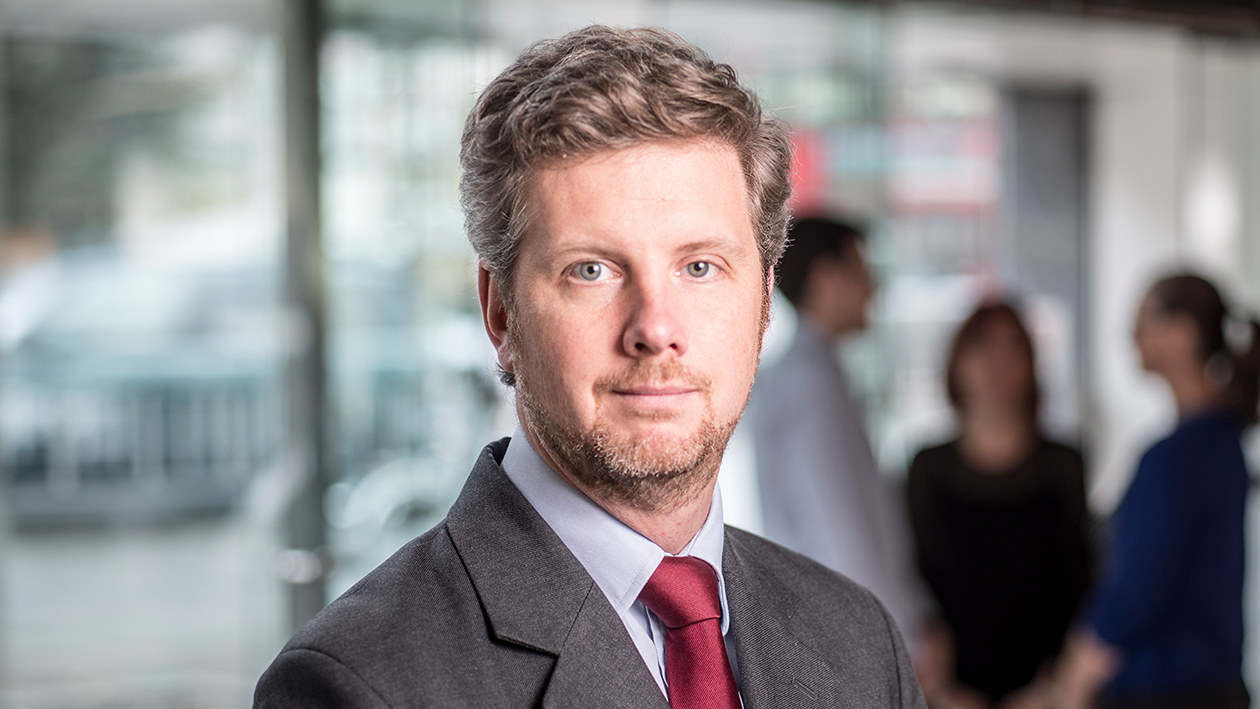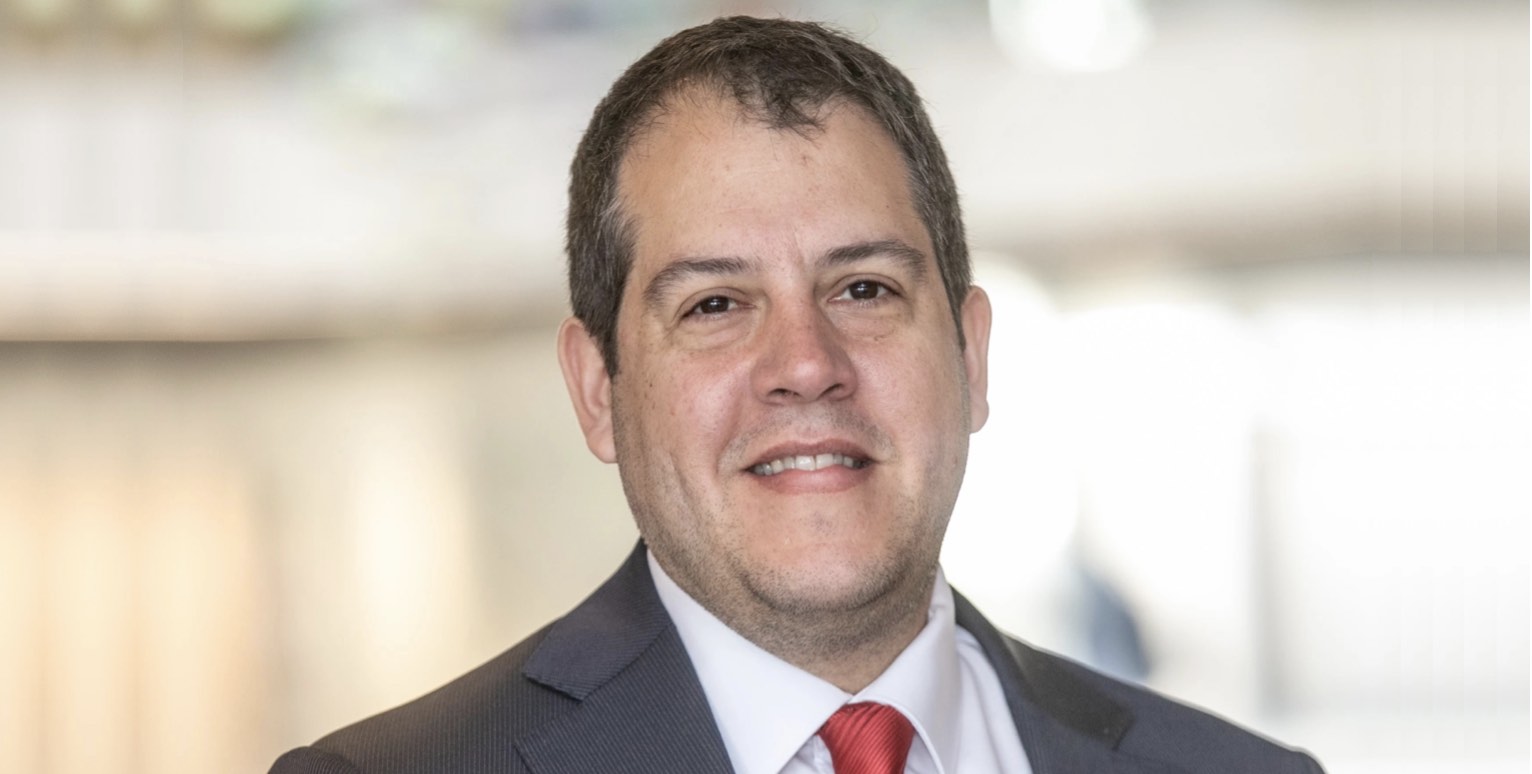By Hamlin Lovell, NordicInvestor
Jupiter’s ecology strategy was a real pioneer when it launched in 1988. Since then the one constant has been the focus on sustainable solutions, and the strategy has only had three portfolio managers in 33 years. What has changed is that the investment universe has expanded from only 300 companies in 2003, when Charlie Thomas started running the strategy, to around 1,400 today. Policy, technology and consumer trends are all broadening out the opportunity set.
The zeitgeist of the 2020s provides a hugely fertile backdrop, accelerating growth stories in the ecology strategy over the next decade. “A huge part of the EU Recovery plan stimulus is focused on ensuring a green recovery, in terms of renewable energy, hydrogen, energy efficiency and homes. In September 2020, China committed to carbon neutrality by 2060. This is a real marker in the sand for increased aspirations by large economies. And Biden’s policy agenda is very much focused on the growth of the green landscape, supporting renewables, smart energy, and offshore wind as well as enabling technologies such as the grid, which allow more renewables and batteries to come into play”, says Thomas. The UK is also expanding offshore wind energy and in October the construction of a new coal mine, approved by local government in Cumbria, was temporarily blocked by the UK Government.
Overall, the policy backdrop has gone positive when it could have gone negative after Covid-19…”
Technology
“Technology is also progressing, via renewable energy such as wind and solar and the circular economy recycling more. The innovation is coming not only from large companies but also from smaller and more entrepreneurial ones. Firms such as Johnson Matthey that have been developing hydrogen catalysis since the 1990s, to make ‘green hydrogen’ entirely from renewable energy, are now bringing these technologies to market. Industrial gases companies also play into the ecosystem and infrastructure around hydrogen technologies”, says Thomas.
And the long-term demographic trends continue to pressure resources as growing populations and middle classes become consumers and use more energy and food. In emerging markets, the strategy has most exposure to Asia…”
Measuring Impact
Thomas is somewhat cautious about using the term “Impact investing” in relation to buying shares in a company: “to argue that investors are facilitating change through lowering companies’ cost of capital is open to question, even on the fixed income side, because much of the capital raised is refinancing existing debt. On the equity side it is even more difficult to argue that buying shares in itself has an impact”. It is clearly easier to prove impact for a private equity or infrastructure project, but nonetheless, Thomas measures companies’ impact in two ways: “Direct impact is associated with a company’s operations and its use of resources such as energy and water. Moreover given the scale of the challenges and given our focus on sustainable solutions, we adopt a multi-year perspective to companies providing step changes through their core products and services.
We think about this landscape across seven “sustainable solutions” themes namely:
- the circular economy – solutions for sustainable materials and resource stewardship;
- clean energy generation, storage and distribution;
- water conservation and management;
- mobility technologies and services for sustainable movement;
- energy efficiency enabling a low-carbon transition;
- sustainable agriculture, nutrition and health solutions protecting natural resources and wellbeing;
- environmental services, pollution control, testing and impact management.
All of the themes can be mapped onto one or more of the UN SDGs in some shape or form, but it is never that simple, companies commonly match into different buckets because the issues are interconnected…..
For instance, a solar farm in Spain most obviously contributes to clean energy generation via its direct impact, but if it replaces thermal power there could also be water savings. Therefore, the solar farm could straddle SDGs around clean energy and water. Some themes could bridge three or more SDGs, but at the same time some of the SDGs are more geared towards national government, public bodies and local authorities”, says Thomas.
Indeed, some aspects of the SDGs cannot be realistically addressed through publicly listed companies.
Within our sustainable agriculture theme, soil quality and soil erosion are major challenges. They can be partly solved through machinery and organic fertilisers, but the manner in which “smart farming” is practiced goes down to the level of individual farmers…”
Similarly, alternative protein can only be partly played through public companies. Listed salmon farms could be a more sustainable source of protein, since salmon produces less carbon than pigs or chickens, which in turn generate less greenhouse gases than cows or sheep. But Thomas is not aware of any listed insect protein plays. And completely meat free proteins can be contentious: there are some public companies in the space, but their products can raise other nutrition issues, such as a high salt content.
Performance, cyclicality and Covid 19
Companies naturally need a sound investment thesis as well as strong sustainability metrics. The strategy’s two most profitable themes in 2020 have been clean energy – where the fund owns Denmark’s wind power champion Orsted – and the circular economy theme of re-use of materials, where Norway’s beverage can recycler, Tomra, has been a holding for many years.
A number of themes in 2020 have continued to grow despite economic contraction, but Thomas does not subscribe to the notion that sustainable trends are immune from the economic cycle:
Electric vehicles, transport and energy efficiency all have a more cyclical impact economically. None of our themes are totally devoid of exposure to the economic cycle….”
Covid-19 restrictions have also had an obvious effect on some sectors such as public transport, which is receiving government support in the UK, but Thomas retains a sanguine long-term outlook. “We view public transport as a critical service in areas such as school buses and expect a continuing demand for clean public transport to reduce congestion. We are invested in a UK listed firm, National Express, that also has a strong position in US school buses, and also in Spain and Morocco where there is a drive to raise quality”.
Long term investing and engagement
Near term Covid-19 related challenges need not derail the long-term investment case for sustainable companies. Jupiter is a long-term investor, often holding positions for 6-7 years and sometimes as long as 20 years or more. “We were one of the very first investors in Danish wind turbine maker, Vestas, when the firm floated in April 1988. Since then, it has generated average annual returns of 18%, which compound up to a total return in excess of 4000%. Vestas was the strategy’s largest position in September 2020”, says Thomas.
We have up to 200 meetings a year not only with executive teams, but also with non-executives…”
Long holding periods also underscore the value of engaging in constructive dialogue with companies. “Though all companies in the ecology strategy are already focused on sustainable solutions, and are therefore probably more enlightened than most corporate management, engagement remains really important from an investment perspective as long-term investors. We have up to 200 meetings a year not only with executive teams, but also with non-executives such as the Chairperson and senior independent directors. The chairperson is ultimately in charge of the company so these conversations can be very insightful, in areas such as remuneration and succession. Discussions consider financial and long- term growth as well as ESG issues. Our stewardship team attend these meetings alongside portfolio managers”.
The modus operandi is low profile:
We are active investors, if not necessarily activists. Our firm-wide and fund-specific engagement reports highlight the types of discussion we are having without calling out specific cases….”
Thomas reiterates that he envisages an acceleration of green trends and is confident about identifying companies best placed to capitalize on them: “we have expertise around these themes and the quality of the management team is often the most important bridge to achieving them”.
EU Taxonomy Fund Labelling
Jupiter is currently going through the intricate process of aligning the ecology strategy with SFDR and the EU Sustainable Finance taxonomy. “We view the strategy as a “focused solutions” approach and anticipate that it should be mapped onto the taxonomy when that comes force.”, Thomas concludes.



